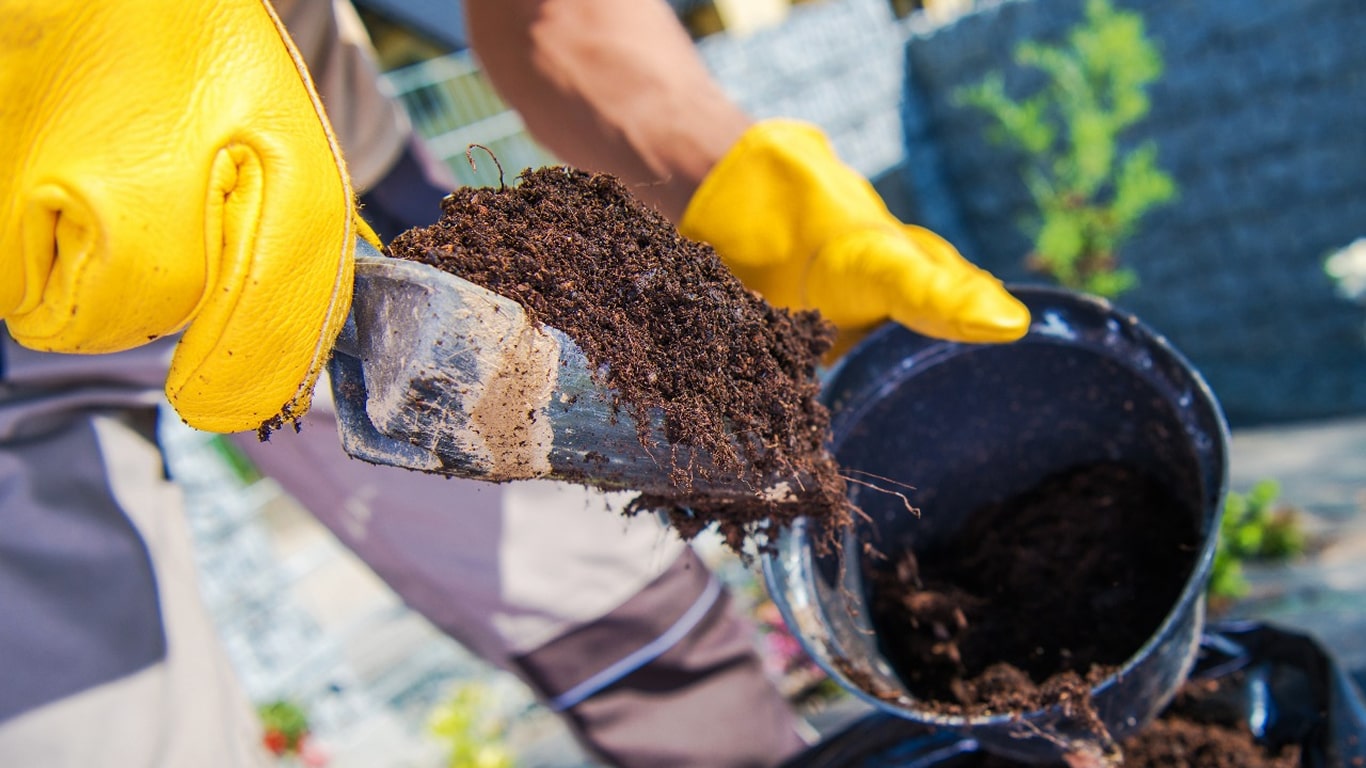Gardening in Central Texas comes with its own set of rewards and challenges, particularly in places like Liberty Hill.The secret to a lush garden lies beneath the surface - literally. Choosing the best garden soil in Liberty Hill can make or break your success, and when you pair that with the right gardening tools, smart planning, and a bit of local know-how, you’re well on your way to growing vibrant plants and vegetables.
If you're not sure where to start, this guide will help you in everything you need to know about garden soil, soil testing, organic garden soil, and Liberty Hill landscaping tips to get your garden growing.
1. Why Soil Matters in Liberty Hill
Liberty Hill, Texas, sits on a unique mix of limestone, clay, and sandy soils. While scenic, this terrain can be tough on plants. You might find one patch of soil that's rich and loamy and another that's hard as concrete. That’s why understanding Liberty Hill soil types is critical to choosing the best soil for gardening in your area.
2. Understanding Liberty Hill Soil Types
In and around Liberty Hill, you’re likely dealing with:
- Clay soil: Dense, poor drainage, nutrient-rich if amended properly
- Sandy soil: Drains fast, low in nutrients
- Rocky soil: Common in hill country, often shallow and hard to dig
- Loamy soil: The gardener’s dream: balanced, rich, and well-draining
Each type has its own needs, but no matter what you’re working with, improvements can be made through proper garden bed construction and soil amendments.
Step 1: Do a Soil Test
Before you add anything to your garden, do soil testing. Testing helps you identify pH levels, nutrient deficiencies, and what amendments your soil needs. You can use a store-bought test kit or send a sample to Texas A&M AgriLife Extension for a full analysis.
Pro Tip: Soil in Liberty Hill is often alkaline, so you may need to balance pH with organic matter.
Step 2: Choose Organic Garden Soil
If your native soil is difficult to work with, adding organic garden soil is a game-changer. Organic soil is rich in compost, decomposed plant material, and beneficial microbes - all key for strong plant roots and steady growth. You can buy premixed organic soil or make your own using compost, topsoil, and aged manure.
3. Best Soil for Gardening in Liberty Hill
The best soil for gardening in Liberty Hill usually includes a mix of:
- Native soil
- Compost (mushroom, cow, or homemade)
- Coarse sand or perlite (for drainage)
- Leaf mold or worm castings (for nutrients)
Whether you’re planting vegetables, flowers, or shrubs, this kind of soil retains moisture without compacting - perfect for Central Texas heat.
4. Combating Soil Depletion
Gardens naturally lose nutrients over time. This process, known as soil depletion, is common in Texas due to heat, wind, and overwatering. You can fix this by:
- Adding compost each season
- Rotating crops every year
- Using mulch to retain moisture
- Planting cover crops in winter
Healthy soil equals healthy plants - period.
5. Tips for Garden Bed Construction
Want more control over your soil? Go with raised garden beds. Raised beds let you blend your own soil mix, improve drainage, and avoid compacted ground. For the Texas climate, use untreated cedar or metal beds that can withstand heat and dryness.
Layer your beds like this:
- Cardboard or newspaper (weed blocker)
- Coarse sticks or mulch
- Compost
- Topsoil or organic garden soil mix
- Mulch on top
6. Must-Have Gardening Tools
Choosing the right gardening tools can make managing your soil easier. Here’s what every Liberty Hill gardener should have:
- Shovel and spade: For digging and turning over heavy soil
- Garden fork: Loosens clay and compacts dirt
- Trowel: Perfect for transplanting and fine digging
- Hoe or cultivator: Breaks up soil and keeps weeds out
- Soil knife: Cuts through roots and rocky patches
Keeping your tools clean helps them last longer - especially in Texas heat and humidity.
7. Soil Tips for Gardeners in Liberty Hill
- Water early in the day – Avoid evaporation and fungal diseases
- Use mulch– Keeps soil cool and retains moisture
- Don’t over-till – It can damage soil structure and beneficial microbes
- Top off soil annually – With compost or organic matter
- Add gypsum – To help break up clay without altering pH
These soil tips will save you time, money, and headaches down the road.
8. Liberty Hill Landscaping Tip
Liberty Hill landscaping blends beauty with function. Native plants like Texas sage, lantana, and blackfoot daisy not only survive with minimal watering but help build up local soil. Use rock borders, gravel paths, and strategically placed mulch to reduce runoff and erosion.
Combine ornamental beds with raised garden beds to create a cohesive look and boost both curb appeal and food production.
9. Where to Find Quality Soil in Liberty Hill
Visit these local spots for soil and supplies:
- Liberty Hill Feed & Garden Supply
- Hill Country Water Gardens
- Local farmers' markets (many sell compost and mulch)
Ask about locally made blends suited for Texas soil types - they’ll likely point you toward options that have worked for other local gardeners.
Conclusion
Choosing the best garden soil in Liberty Hill doesn’t have to be complicated. Start by understanding your local soil, test it, then build it up using organic amendments. Whether you’re growing tomatoes, native wildflowers, or fruit trees, great soil is the foundation of gardening success. Combine that with smart gardening tools, raised beds, and local landscaping techniques, and you’ll have a thriving Texas garden in no time.

